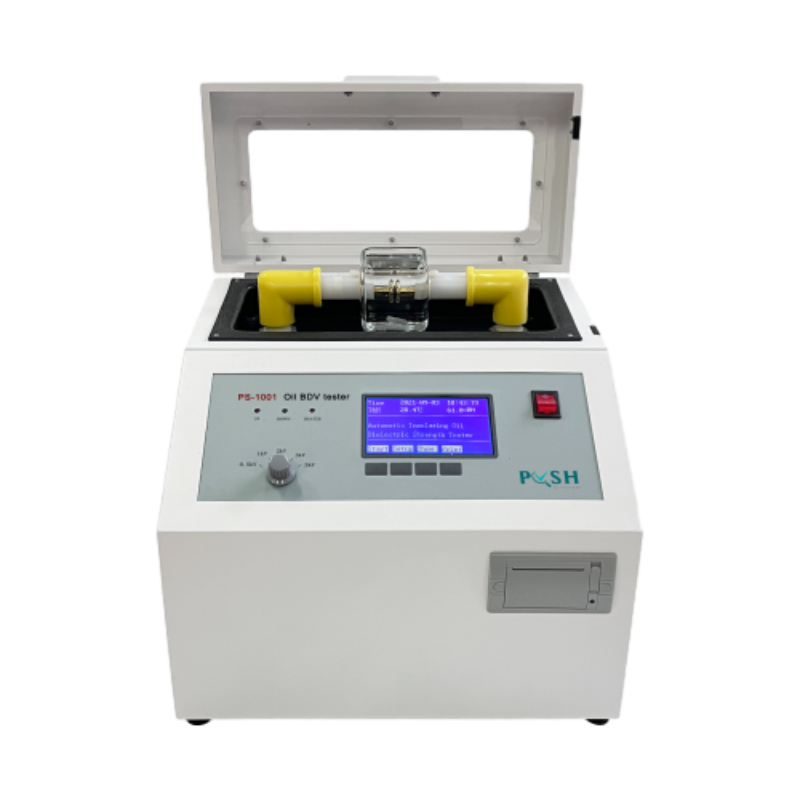 English
English


power transformer testing and commissioning
Testing and Commissioning of Power Transformers
Power transformers are critical components in electrical power systems, responsible for stepping up or stepping down voltage levels to ensure efficient electrical transmission and distribution. The reliability and performance of these transformers are paramount, necessitating thorough testing and commissioning processes. This article delves into the various testing methods and procedures essential for ensuring that power transformers operate safely and efficiently.
Importance of Testing and Commissioning
The commissioning of a power transformer is a systematic process aimed at verifying that the transformer and its associated equipment have been installed correctly and are functioning according to specified requirements. Proper testing and commissioning are crucial for several reasons
1. Safety Assurance Transformers operate at high voltages, posing risks of electrical shock and fire if malfunctioning. Testing ensures that protective devices and safety features are functional.
2. Operational Reliability Regular testing helps identify potential issues before they lead to failures, ensuring uninterrupted power supply.
3. Efficiency Maximization By verifying performance characteristics, testing can help optimize the operational efficiency of the transformer.
Testing Procedures
The testing of power transformers is typically divided into factory testing and field testing.
1. Factory Testing Before transformers are shipped to the installation site, they undergo extensive factory tests. These tests include
- Temperature Rise Test This test assesses the ability of the transformer to dissipate heat under load conditions. By simulating operational conditions, engineers can evaluate if the transformer will maintain acceptable temperature limits.
- Related Insulation Tests Insulation resistance and power factor tests are conducted to ensure that insulation systems are intact and functioning properly. These tests help detect moisture or contamination that could compromise performance.
- Short-Circuit Test This test evaluates the transformer's ability to withstand short-circuit conditions
. It simulates a fault scenario to understand thermal and electromechanical stresses during short circuits.- Winding Resistance Measurement This test checks for consistency in the resistance of transformer windings, identifying potential issues like loose connections or damaged windings.
power transformer testing and commissioning

2. Field Testing Once the transformer reaches its installation site, a series of field tests are conducted to confirm its operability in the actual environment it will serve. Key field tests include
- Power Factor and Capacitance Testing Similar to factory tests, these tests measure the power factor of insulation under operational voltage to ensure no degradation has occurred during transportation.
- Sweep Frequency Response Analysis (SFRA) This diagnostic method assesses the mechanical integrity and conditions of the windings by analyzing the frequency response, which can indicate issues such as winding displacements or deformation.
- Circuit Breaker and Relay Testing Since transformers are typically connected to protective relays and breakers, it is essential to test these devices to ensure they will operate correctly in the event of a fault.
- Transformer Turns Ratio (TTR) Test This test measures the ratio of the primary winding voltage to the secondary winding voltage, ensuring they match the design specifications.
Commissioning Steps
The commissioning phase follows successful testing and includes the following key steps
1. Visual Inspection A thorough visual examination of the transformer and its auxiliary equipment ensures everything is in place and according to design specifications.
2. Documentation Review All manufacturer documents, including test results, operational manuals, and maintenance guides, should be reviewed for compliance and completeness.
3. Integration with the Grid The transformer must be connected to the network’s protection system and control devices, ensuring effective communication and response during operations.
4. Final Acceptance Test After installation, a final acceptance test is conducted in the presence of stakeholders to confirm performance parameters and operational readiness.
Conclusion
The testing and commissioning of power transformers are critical processes that guarantee the safety, reliability, and efficiency of electrical power systems. Comprehensive testing—both in factories and in the field—ensures that transformers function correctly and minimizes the risk of failure. As the energy demand continues to grow globally, the significance of rigorous testing and commissioning practices will only increase, protecting investments and ensuring sustainable energy management.
-
Differences between open cup flash point tester and closed cup flash point testerNewsOct.31,2024
-
The Reliable Load Tap ChangerNewsOct.23,2024
-
The Essential Guide to Hipot TestersNewsOct.23,2024
-
The Digital Insulation TesterNewsOct.23,2024
-
The Best Earth Loop Impedance Tester for SaleNewsOct.23,2024
-
Tan Delta Tester--The Essential Tool for Electrical Insulation TestingNewsOct.23,2024





